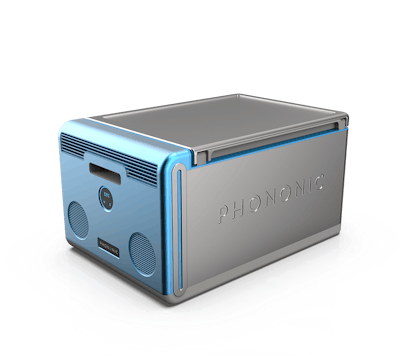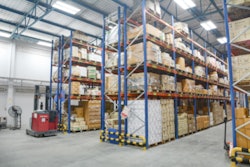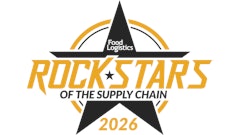
From travel to retail, the pandemic was a massive disruptor to several industries. But, since the pandemic ended, consumers have increasingly embraced the convenience of online shopping, opting for either curbside pickup or home delivery based on product availability. This shift has fueled the rapid rise of omnichannel retail, where customers expect a seamless experience across both physical and digital channels. In fact, a recent study by Market Research Future found the omnichannel market is projected to grow from $5.36 billion in 2023 to $21.86 billion by 2032, with a compound annual growth rate of 19.2%. What was once a buzzword that many grocers resisted is now seen as a major opportunity for growth. For grocers, omnichannel is no longer a trend; it’s the near-term reality.
However, this explosive growth has introduced significant challenges. Grocers must now efficiently manage a growing number of small orders, many of which require cold chain compliance, as they prepare these orders for curbside pickup or home delivery. One of the most pressing hurdles is both the cost and complexity of the "last mile" as the final stage of delivery, important for all items in delivery but a particular pain point for items such as ice cream and other frozen delights.
According to McKinsey & Company, last-mile delivery can account for as much as 50% of total delivery costs. This has become a key concern for retail executives, with 85% of respondents in a recent AlixPartners survey citing last-mile cost reduction as their No. 1 priority. Couple this with a recently reported +20% YoY growth of e-grocery delivery per Brick Meets Click, solving for profitable grocery delivery will be mission critical for grocers. As energy costs rise and legacy in-store cooling infrastructure ages, grocers face the urgent challenge of delivering orders quickly and cost-effectively while balancing the need to outlay an enormous amount of capital to completely overhaul refrigerant infrastructure that is potentially adding to global warming. According to the Environmental Investigation Agency, a single supermarket can emit greenhouse gases equivalent to hundreds of cars annually due to refrigerant leaks.
A promising solution to these challenges is the use of modular, energy-efficient cooling technologies that cool only the parts of an order requiring refrigeration. Already used by retailers, these totes offer a sustainable and cost-effective way to handle temperature-sensitive items. By cooling only what’s necessary, grocers can significantly reduce energy consumption and waste, making their delivery operations more sustainable while lowering operational costs. In addition, these totes are able to cool without using traditional harmful refrigerants, dropping incremental benefits straight to these grocers’ sustainability bottom lines.
The modular nature of temperature-controlled totes further enhances their appeal. These totes allow grocers, regardless of size, to implement cooling solutions that match their specific needs. Smaller grocers, for instance, can begin with a limited investment, scaling up as their operations grow, rather than committing to a costly and complex overhaul of their entire omnichannel cooling infrastructure. Additionally, by replacing traditional, energy-intensive coolers with these portable, electronic totes, grocers can reduce their overall cooling footprint by as much as 50% or more, further cutting down on energy costs and optimizing storage space.
As more grocers look to bring their last-mile operations in-house rather than relying on third-party delivery services, this approach not only improves cost control but also enhances the customer experience. Managing deliveries internally allows grocers to optimize their workforce, reduce energy expenses, and minimize the number of touches per order resulting in faster, more accurate deliveries. In addition, keeping such fulfillment operations in-house enables grocers to maintain a consistent and highest level of brand presence to their highly valuable e-grocery customers, providing a completely branded experience from order to delivery. This is crucial as consumer expectations shift toward smaller and more frequent deliveries. Grocers who can balance cost, speed, and quality will be best positioned to thrive in the competitive omnichannel marketplace.
Portable cooling totes are a perfect example of how technology can solve the challenges of last-mile delivery in the grocery and retail sectors. As the demand for fast, reliable deliveries grows, grocers are seeking ways to optimize their operations while reducing environmental impact. Energy-efficient, self-contained cooling totes ensure that perishable goods maintain the right temperature throughout the delivery process, whether that delivery takes place at curbside pickup or at home.
Solving the complexities of last-mile delivery is critical to the success of online grocery businesses, but it involves navigating numerous challenges. Grocers need solutions that address temperature control, reduce environmental impact, and meet customer demands for speed, accuracy, and cost-efficiency. With more consumers choosing to support brands that align with their values, the question is not just why a grocer should adopt a sustainable solution - it’s why wouldn’t they? By embracing technology like modular cooling totes, grocers can enhance customer satisfaction, reduce costs, and build a more sustainable, future-proof business model.




















